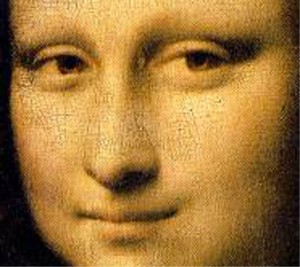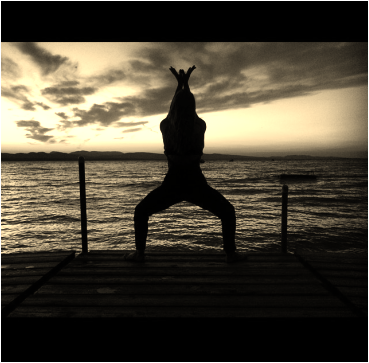 “My tongue?” you say. “What does my tongue have to do with my posture?” Actually, quite a lot. Try on some tongue positions. I always like to underscore my points with body awareness, so let’s begin with that. Start by trying on four tongue positions:
Recently I’ve met several New Rules of Posture fans that took my advice on page 159 to heart. You’ll find there a paragraph advising the reader to let the tongue puddle in the floor of the mouth. It’s good advice as an exercise for relaxing the tongue and jaw. Unfortunately I didn’t say what to do with the tongue after you had relaxed it, and so these readers had been trying to cultivate the #1 position. (Wishing you could go back and re-write your book is the downside of being published!) I now have a pretty strong opinion about where the tongue belongs when the body is upright and moving. In Pilates and yoga classes I too often see tongues become engaged in the effort to perform a challenging move or pose. The resulting jaw tension and tension in the deep core can only be counter-productive. The tongue does support the neck, but not through tension. Read more about the tongue in this blog from last year. Where do you think Mona Lisa’s tongue rests? How about the actresses in the photo? © 2013 Mary Bond
0 Comments
 Lunar flow is my homecoming. It is my balance point where the dancer that flows through my muscles and bones can be met with joyful celebration, and the mind can be directed back to the core of my being through the gentle tide of the breath onto the firm ground of awareness beneath. My practice has constantly evolved since I started teaching 5+ years ago, from classical Hatha sequencing to a vigorous Vinyasa, to now somewhere in-between where the movement of Flow continues but the dynamic stillness of Hatha resonantes through my body. I was first trained at an ashram in Northern California where the room was always silent, the sequence was always the same, and between each posture we found neutrality not through chaturangas but through Śavasana. When I left the ashram and slowly made my way across the country I was reminded of my deep love for dance and this soon shifted my practiced to meet a faster more fluid movement that my body craved after all the repetition of ashram life. Over the past year, I've had a very strong part arise within me that resisted taking any classes, I wanted to focus just on my practice, and my body. As the year unfolded Lunar Flow did too. I once again began to appreciate the dynamic stillness and silence of my classical background and found myself weaving this intention into each class, even as we continued our fluid motion. I honestly don't remember the first time I decided to circle around my mat, but once I did I recognized how whole it felt. We all know that circles represent something that is unending, and yet at the same time, complete; this defines my yoga practice. In yogic philosophy the moon (chandra) represents the mind. The ever-changing phases of growth, absence, retraction and expansion reflect the ever changing phases of our own minds. Lunar flow is about remembering our own inherent fullness and light within the core of our beings, moving through and letting go of the illusory darkness and shadow that we pick up from our experiences in the outside world. |
Archives
April 2024
|

 RSS Feed
RSS Feed
